Data Storage: Then and Now
Once upon a time, the world stored data the old-fashioned way—with filing cabinets. But then technology came along and changed life, and data storage, as we know it. Today, a person can store mass amounts of information on a tiny disc that is smaller than the tip of his or her thumb. Data storage truly has come a long way since the dawn of technology, yet, far too few people actually appreciate the evolution. If you’re one of the rare people that appreciates a good history lesson, this post is for you.
Filing Cabinets and Tabulating Machines
Before the era of supercomputers and tiny storage devices, society stored its data using filing cabinets and something called tabulating machines. These machines allowed humans to encode data and store it at a much faster rate than the average human could. In order for a machine to be able to do its job, however, a human would have to punch the data onto a card, which the machine could then read, process, and store. If you think about it, it’s not all that dissimilar to punching keys on a keyboard and letting your internal hard drive store what you type.
Tapes
Once it became apparent that punching data onto cards and allowing a machine to process the information wouldn’t be sufficient enough to record the growing amounts of data people were capturing, tape recording was invented. Tape recording first became popular in the 1960s and stayed that way for the next 20 years. It wasn’t until the early 90s that discs were invented, at which point tapes became obsolete.
Hard Disc Drive
The hard disc drive is the next step in the evolution of data storage. Today’s computer users know a disc drive as this tiny little chip that slides into a slot in a computer, laptop, or some other electronic device, but initial disc drive users recognized it by its two-foot, one-ton appearance. Okay, maybe not all initial users, but the innovators of the hard disc drive did. The drive could be leased for $3,200 a month United Airlines was one of the first to rent it.
Flash Storage
Between the advent of the hard disc drive and SSD cards, the former was refined just a bit (okay, a lot). The hard disc’s refined appearance is what eventually gave way to the SSD card, a slim, sleek, and tiny little thing that was much mightier than it looked. Thanks to flash storage, applications can operate at peak performance while effectively utilizing personal and server computer power.
The Cloud
The Cloud is just as mystical as it sounds but make no mistake: it’s real. Thanks to the cloud, you can now not only STORE data but also access it from anywhere with internet connection (as long as you have your password). The cloud has no storage capacity, making it the go-to storage concept of the future.
Data storage has come a long way since the filing cabinet and tabulating machine, and thanks to the SSD card and the cloud, such archaic means of filing information are now considered antiques. So, if you have a clunky filing cabinet for sale or, more impressively, a tabulating machine, you may very well have an antique gem that may one day be worth thousands (who knows?).

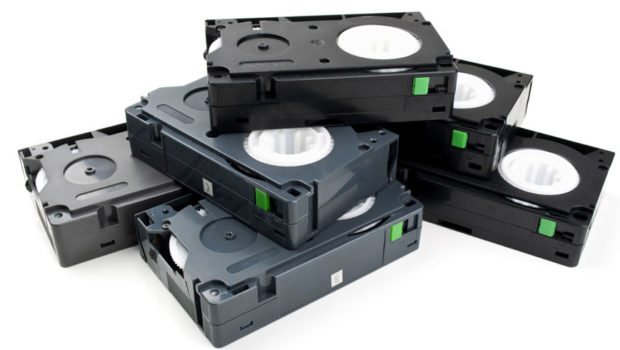
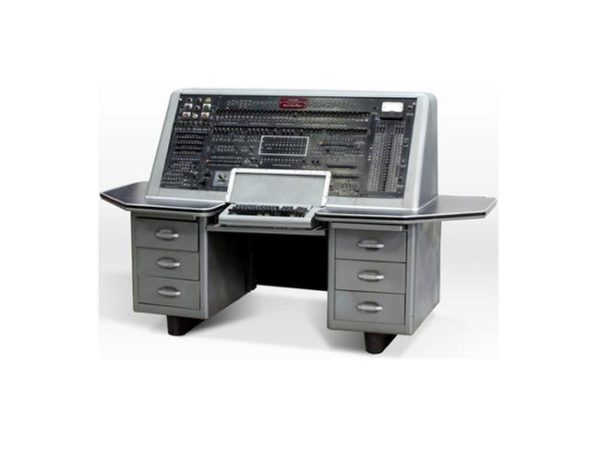
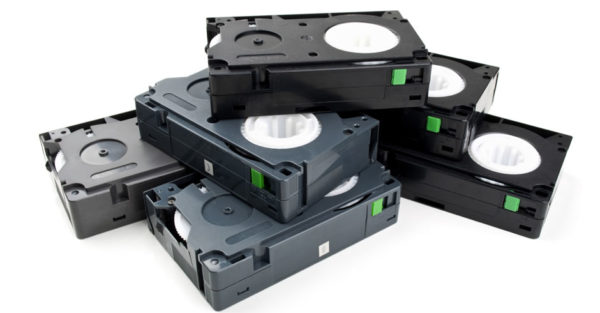
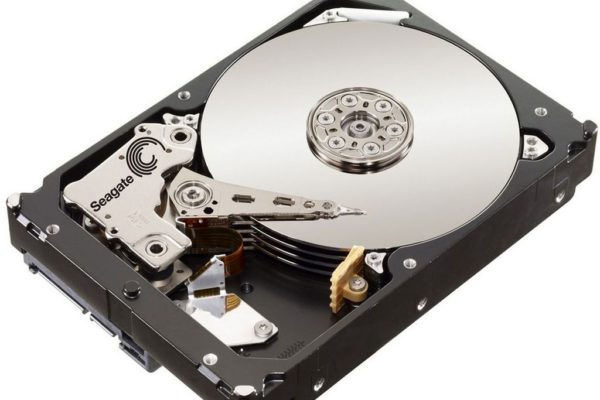
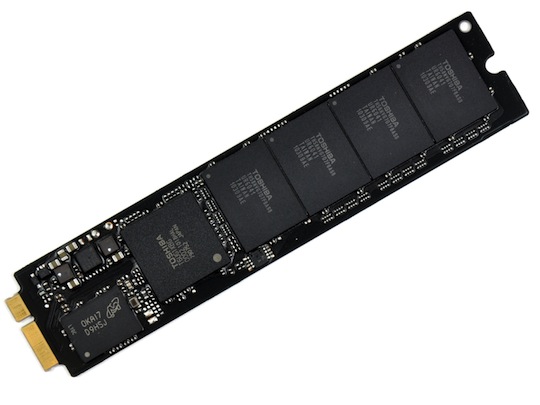
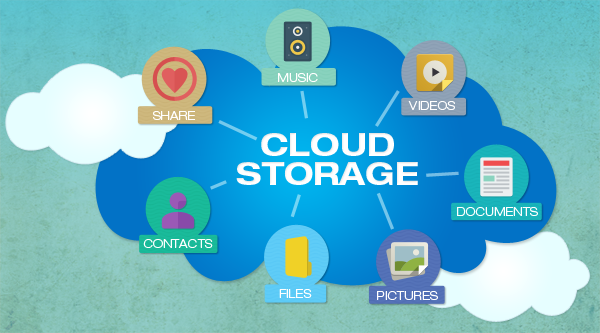





![Your abandoned cart strategy [Infographic]](https://technofaq.org/wp-content/uploads/2016/08/Abandoned-Shopping-Cart-infographic-blog-150x150.jpg)








